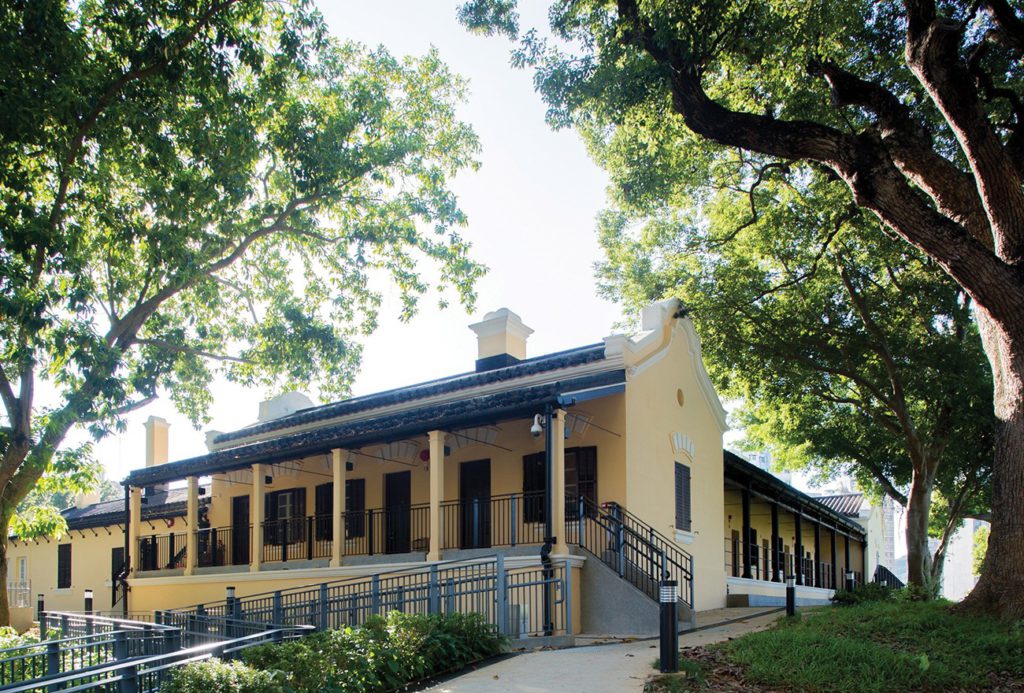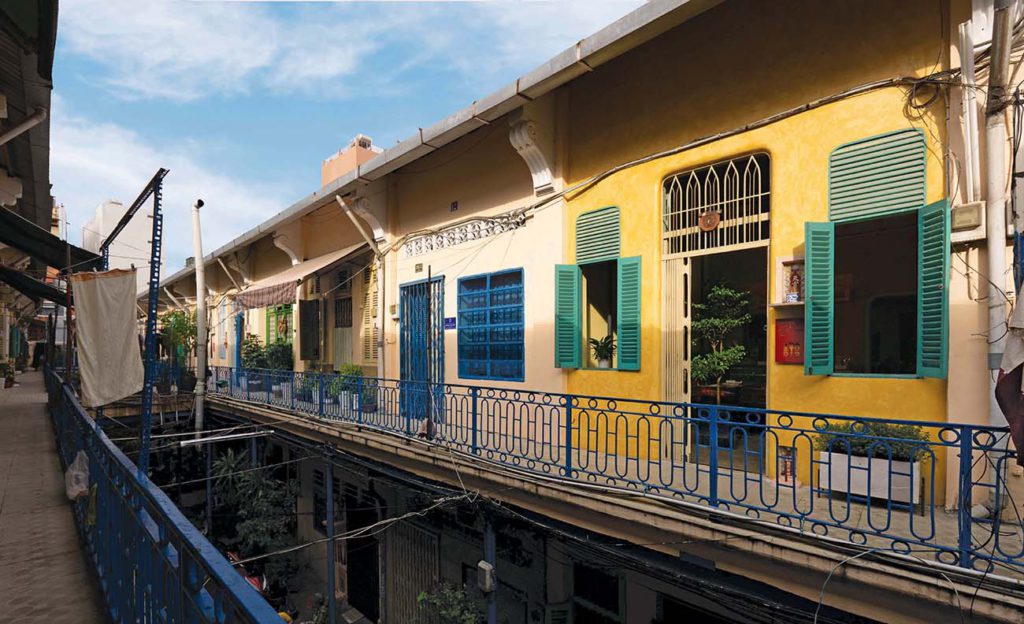
Atop a verdant hill in Tai Po, closely overseeing the Tolo Harbour in the old days before reclamation, stands the first police station and headquarters in Hong Kong’s New Territories. It was constructed in 1899 during the early British colonial period and became the region’s oldest surviving police station that was well in use until […]
Read More… from An Ecologically Sensitive Continuation of the Old Tai Po Police Station: Green Hub

Called hutong in Beijing, lilong in Shanghai, soi in Bangkok, roji in Tokyo, golmok in Seoul and gang in Jakarta—alleyways are ubiquitous across Asian urban landscapes, each with their own spatial morphology and sociocultural composition. Urban researchers have noted that alleys/lanes are important sites of daily activity, shaped by various forces to present a mix […]
Read More… from The Old Alley’s Way of Life: Architecture Office in Hao Sy Phuong, Vietnam

How does one retain a historical urban asset while making it relevant to present-day conditions and context? Arsomsilp Community and Environmental Architect Co., Ltd. took up the task of converting Bangkok’s crown gem of a park—one that was established for Her Majesty Queen Sirikit—into a thriving public treasure that contributes its ecological and hydrological functions […]
Read More… from Benjakitti Forest Park

Did you know that 137 Pillars House has a history connected to the kingdom’s royalty? The house was originally the headquarters of The Borneo Company Limited founded in Chiang Mai 130 years ago, a British teak trading company whose first manager was Louis T Leonowens, son of Anna, English tutor to the young Prince Chulalongkorn? […]
Read More… from Uplifting History Sensitively: 137 Pillars House

In the absence of formal conservation status for many of these residential developments, private citizens have taken on the challenge. One of the most comprehensive organisations is Docomomo, an online archive of modernist architecture with chapters in cities around the world operating independently. The Singapore chapter is one of the most prolific in Asia, with […]
Read More… from Dive further into Asia’s modernist gems

Dear FuturArc readers, In attempting to embark on a journey of uncovering and highlighting old architecture that is still in use today—with some even serving its original functions—and have been designed to be climate- and context-responsive eons ago, we thought the word gold will fit the topic nicely. The word is not only often used […]
Read More… from Old is Gold



